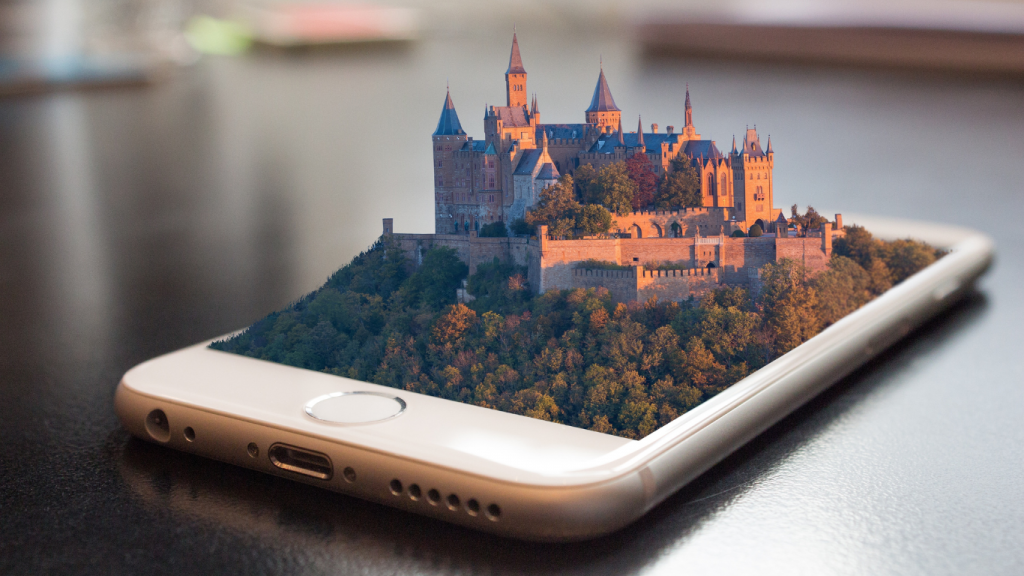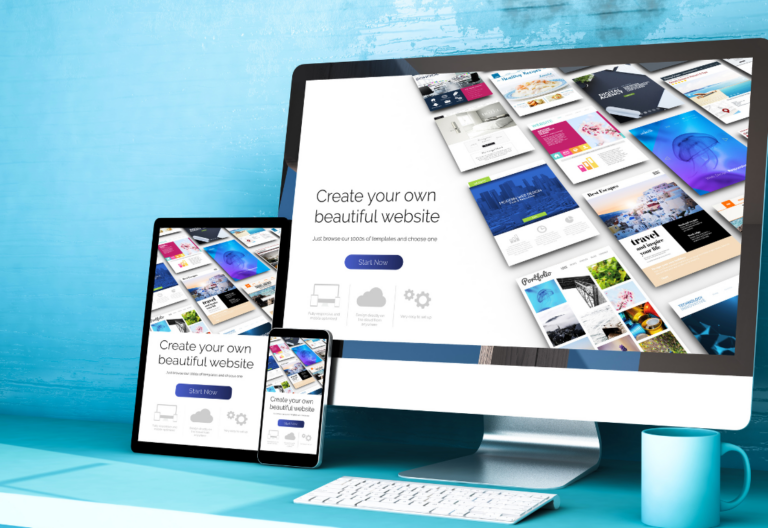As we approach 2024, the realms of Virtual Reality (VR) and Augmented Reality (AR) are not just surviving; they’re thriving. These technologies are no longer confined to the realms of gaming and entertainment. They’re reshaping industries, altering our social interactions, and even transforming how we perceive reality. Whether you’re a tech enthusiast or a newcomer to this digital revolution, the upcoming trends in VR and AR are fascinating and hold the promise of a more immersive and interactive future.

Understanding Virtual and Augmented Reality
- Virtual Reality (VR): Defined by Jaron Lanier, one of the pioneers in the field, as “an environment created by computers that makes users feel as if they are somewhere else.” In essence, VR is a fully immersive experience. Imagine strapping on a headset and being instantly transported to a different world. That’s VR at its core. It can take you to outer space, the depths of the ocean, or even entirely fictional universes, all from the comfort of your living room.
- Augmented Reality (AR): As described by Ronald Azuma, a renowned researcher in AR, it’s a technology that “combines real and virtual, is interactive in real-time, and is registered in 3D.” Picture looking through your smartphone camera and seeing a dinosaur in your backyard. That’s AR in action. It overlays digital information onto the real world, seamlessly integrating virtual objects with your real environment, enhancing what you see without taking you out of your actual surroundings.
VR and AR: Transforming Worlds and Experiences
1. Hyper-Realistic Virtual Environments
The pursuit of realism in VR is reaching new heights. With advancements in graphics technology and processing power, virtual environments are becoming increasingly lifelike. This leap in realism isn’t just about better visuals; it’s about creating fully immersive experiences. Imagine virtual travel experiences so realistic they evoke the same awe and wonder as the real destination, or training simulations for high-risk jobs that perfectly mimic real-world scenarios. These advancements will significantly impact industries like tourism, education, and professional training, providing safe, cost-effective, and deeply engaging alternatives to traditional methods.

2. Augmented Reality as a Daily Tool
Augmented Reality is set to move beyond novelty apps and become a daily utility. This integration into daily life will change how we shop, learn, and interact with our surroundings. Picture looking at a product through your phone or AR glasses and seeing its reviews, price comparisons, and even a virtual try-on. Or imagine walking through a city and viewing historical data and trivia overlaid on the landmarks around you. This seamless blending of information with the real world not only enhances our experiences but also provides a more intuitive way to access digital information in our physical environment.
3. Advanced Haptic Feedback
The future of VR and AR lies not just in what we can see but also in what we can feel. Advanced haptic feedback technology is about to bring a new dimension of realism to these virtual experiences. This technology simulates touch, resistance, and texture, allowing users to ‘feel’ virtual objects and environments. The applications are vast – from feeling the texture of clothes in a virtual shopping experience to experiencing the physical sensations of different weather conditions in a virtual environment. This enhancement in sensory feedback will make virtual experiences more engaging and realistic, further blurring the lines between the virtual and real worlds.
4. Accessible and Affordable VR/AR
One of the most significant trends for 2024 is the democratisation of VR and AR technologies. As these technologies become more mainstream, they’re also becoming more affordable. This means VR and AR won’t be limited to tech enthusiasts with deep pockets; they’ll be accessible to a broader audience. This shift will likely lead to a surge in content creation and applications across various sectors, making VR and AR a more integral part of our daily lives. From educational tools to home entertainment and professional training, the potential applications are endless.
5. VR/AR in Education and Training
The educational and training sectors are poised for a revolution thanks to VR and AR. These technologies offer an interactive and engaging way to learn and train. For instance, medical students can perform virtual surgeries, gaining valuable experience without the risks associated with real-life operations. Similarly, VR simulations can provide hands-on training for various professions, from pilots to construction workers, in a safe and controlled environment. This trend is not just about making learning more engaging; it’s about making it more effective, providing experiences that closely mimic real-life scenarios.

6. Social VR and AR Platforms
The concept of social networking is evolving with VR and AR. These platforms are moving beyond text and images to provide immersive, interactive social experiences. Imagine meeting friends in a virtual space, attending concerts or events together in VR, or collaborating in AR-enhanced work environments. This evolution in social media is not just about new ways to connect; it’s about creating deeper, more meaningful interactions that transcend physical boundaries.
7. Health and Wellness Applications
The potential of VR and AR in health and wellness is enormous. These technologies offer new ways to tackle mental and physical health issues. From guided meditation in serene virtual environments to AR applications assisting with physical therapy, VR and AR are opening new avenues for health and wellness. They provide personalised, engaging, and effective solutions for a range of health-related challenges.
Conclusion
As we conclude our exploration of Virtual and Augmented Reality, it’s clear that these technologies are much more than futuristic fantasies. They are real, impactful advancements reshaping our digital world. The growing integration of VR and AR is leading us into a space where digital experiences are not just advanced but also intimately connected to our human experiences and creativity. We’re embarking on a path filled with endless possibilities, where each advancement in VR and AR technology enables us to push the limits of innovation and accessibility. Let’s embrace these trends and be part of a future where our virtual dreams become tangible realities.
AR & VRAR applicationsAugmented realityHealth and wellness applicationstrends for 2024UIUXVirtual DreamsVirtual RealityVR applications



Leave a Reply